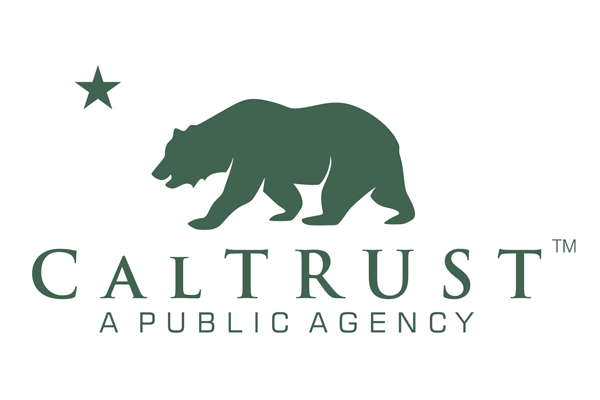Stronger US jobs data dims July rate cut hopes.
It is turning into a bit of a pattern: a payroll report that bests expectations on headline, but with weak details. This was certainly the case in May, when solid employment gains during that month were accompanied by a massive downward revision to the prior two months. And it was also the case in June, when the 147,000 payroll gain bested consensus expectations but was heavily driven by the government sector. For its part, private sector employment rose less than expected and there were modest downward revisions to the prior months as well. The unemployment rate dipped 0.1 percentage point to 4.1% amid another 0.1 percentage point decline in the labor force participation rate.
What to make of all this? Perhaps the only clear conclusion to be drawn—and the market has indeed drawn it—is that the Fed is now highly unlikely to cut rates in July. Fine. But the bigger question is whether a cut in July would make sense given economic conditions. We believe so, and have laid out a detailed argument here. Given the long lags with which policy operates and given the criticality of maintaining full employment, we would argue against too upbeat an interpretation of the latest jobs data. In short, this report should not, by any means, be seen as putting to rest growing concerns about the health of the labor market. The buoyancy in government employment (largely state level education) does not seem to correlate with broader policy signals. It seems, therefore, more of a seasonality abnormality than a true sign of strength. And given what is to come once federal employees currently receiving ongoing severance fall out of the employed ranks (likely in October), we should anticipate a big hit to employment in the fall. Why wait until it happens?
Evidently, the arguments for a July cut are not crystal clear, or else the FOMC would likely deliver it. However, there is danger in waiting until there is no ounce of doubt left—recall the delay in the hiking cycle in 2022? Yes, there are worries about the inflationary impact of tariffs, but with the deadline for a potential lift in tariff rates now August 1 (for countries who do not have a trade deal in place by then), it seems unlikely that we’ll see much evidence of tariffs in the inflation data either by July 30 or September 17 meetings. Does the Fed wait until October? How easy would the choice be if you get both a bad payrolls print and a bad inflation print that month?
Better to acknowledge that the inflation threat is not as acute as initially feared, acknowledge that interest rate levels are restrictive, and acknowledge that there are vulnerabilities we do not wish to exacerbate. And resume the easing cycle now.
